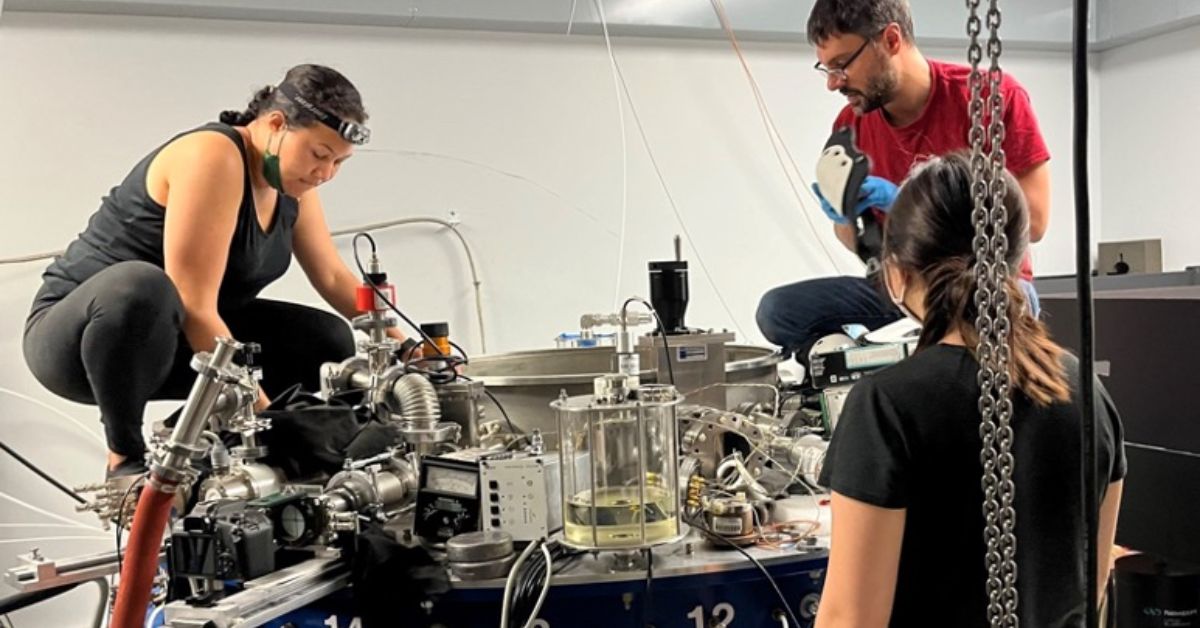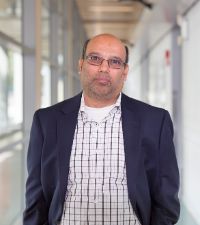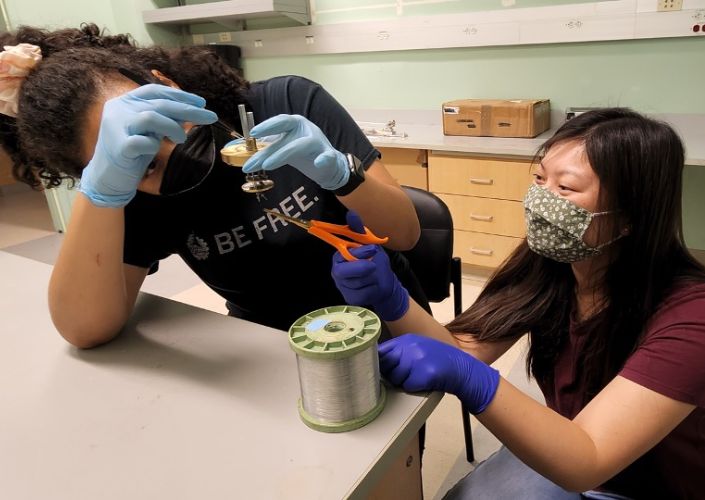UC San Diego’s Center of Excellence Receives $12.5 Million from DOE
Story by:
Published Date
Article Content
The Center for Matter Under Extreme Conditions received $12.5 million in funding from the U.S. Department of Energy to maintain one of nine national centers for excellence at University of California San Diego.
Awarded every five years, the funds support advancing one of the most complex areas of science while educating and training the next generation of high-energy density scientists.
This cycle of funding is a $2 million increase from the previous five-year cooperative agreement with the Department of Energy’s National Nuclear Security Administration.
Launched with DOE funding in 2017, the program has trained eight graduate students and three post-doctoral scholars. All but one of the PhDs are now working at NNSA National Laboratories (Los Alamos National Laboratory, Lawrence Livermore National Laboratory and Sandia National Laboratories) or General Atomics, a federally-funded company.
“This center brings together world-renowned experts from multidisciplinary fields to collaborate and advance new pathways for science and engineering – which UC San Diego does best,” said Chancellor Pradeep K. Khosla. “We are in an exciting position to provide students with meaningful opportunities to train as scientists in a field in which training opportunities are highly restricted, while also generating remarkable new discoveries about the universe with real-world impact.”
This center brings together world-renowned experts from multidisciplinary fields to collaborate and advance new pathways for science and engineering – which UC San Diego does best.
Harnessing Star Power
Headquartered at UC San Diego, the center works in partnership with three other University of California campuses — Berkeley, Davis and Los Angeles — the University of Rochester and General Atomics.
Farhat Beg, professor of mechanical and aerospace engineering at the UC San Diego Jacobs School of Engineering and director of CMEC, is the principal investigator and leads the center’s research.
Beg’s high-powered laser research focuses on the creation of matter under extreme conditions of temperature and pressure, with applications in thermonuclear fusion and extreme ultraviolet lithography — the technology used to produce state-of-the-art semiconductor chips. He also works with pulsed power Z-pinches, high-tech tools used to compress matter in time to create extreme states of matter in the laboratory that exist only in stars and planets.


“Dr. Beg’s leadership has been outstanding. This is an example of what UC San Diego takes great pride in, being a leader and an active collaborator in research that spans academic institutions, government agencies and private industry,” said Vice Chancellor for Research Corinne Peek-Asa. “These kinds of big awards aren’t just notable for the dollar amount. This represents an unparalleled opportunity for our students and research community to expand our substantive impact.”
Training the Next Generation
This agreement supports training post-doctoral scholars and graduate students but the center includes programming aimed at high school students and undergraduates, particularly from under-represented groups.
“We have made new discoveries related to astrophysical plasmas and planetary science,” Beg explained. “We have not only trained and inspired young scientists within the Center but also across the country through summer schools, monthly seminars and internships to explore careers in this cutting-edge field.”
The UC San Diego center has worked closely with National Laboratories, including developing courses with Lawrence Livermore and Sandia National Laboratories on high energy density plasmas. These courses are attended by hundreds of young, early career and senior scientists around the world.
We have not only trained and inspired young scientists within the Center but also across the country through summer schools, monthly seminars and internships to explore careers in this cutting-edge field.
“This program is a wonderful example of how UC San Diego combines fundamental scientific and engineering research with workforce development programs that are in the national interest. The program provides highly relevant education and training experiences that often inspire our graduate students and early-career researchers to pursue careers that directly or indirectly support the missions and workforce development needs of the US National Labs,” said Albert P. Pisano, Dean of the UC San Diego Jacobs School of Engineering.
RELATED STORY: UC San Diego Receives $10.5 Million from National Nuclear Security Administration to Create Center of Excellence

Share This:
You May Also Like
Stay in the Know
Keep up with all the latest from UC San Diego. Subscribe to the newsletter today.




